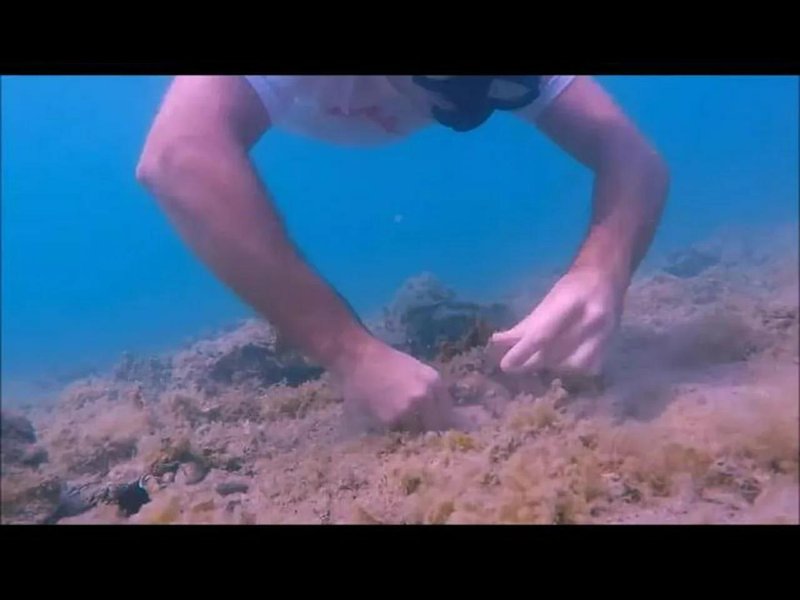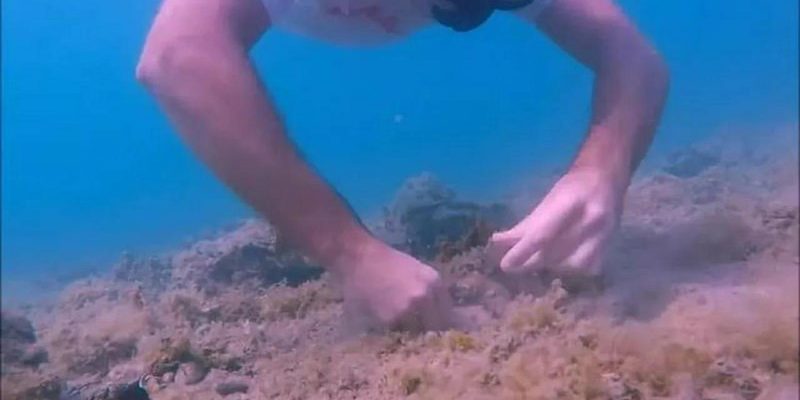
Detecting Bobbit worms in a newly set-up aquarium can feel like a mysterious puzzle at times. Picture yourself as an investigator, scanning your aquatic habitat for clues. You might be wondering, how can you identify these slippery little worms before they wreak chaos? Don’t worry; I’m here to walk you through this process in a simple, friendly manner.
What Are Bobbit Worms?
Bobbit worms, scientifically known as *Eunice aphroditois*, are fascinating marine annelids that can grow over three feet long. They are famous for their impressive hunting skills, striking out at fish that swim too close. Imagine a stealthy predator waiting patiently in the sand, ready to ambush its next meal. Not exactly the kind of roommate you want in your aquarium, right?
They can blend in with their environment, making them difficult to spot. Their segmented bodies come in various colors, typically greenish or brown, which helps them camouflage among the substrate in your tank. When setting up a new aquarium, it’s essential to be aware of the possibility of these worms infiltrating your aquatic wonderland.
Signs of Bobbit Worm Inhabitation
So, how do you know if Bobbit worms have made themselves at home in your aquarium? There are a few clues you can look for that may indicate their presence:
- Unexplained Fish Loss: If your fish start disappearing mysteriously, take this as a warning sign. Considering how Bobbit worms hunt, they can quickly reduce your fish population without you even realizing it.
- Presence of Unidentified Holes: Look for small holes or depressions in the substrate. Bobbit worms often create burrows that can be a giveaway that they’re lurking beneath the surface.
- Discarded Exoskeletons: If you notice the remnants of exoskeletons or other organic material scattered around your tank, this might be a sign that something has been feeding.
These signs can help you keep an eye on your aquatic space so you can catch any unwanted guests early.
Visual Identification Techniques
Detecting Bobbit worms visually can be tricky but not impossible. Here are some techniques you can use to spot them in your aquarium:
Observation at Night
Bobbit worms are mostly nocturnal, so a nighttime inspection can yield better results. Use a red flashlight, as it won’t disturb your fish as much as regular lighting. Shine the light around the substrate and the corners of your aquarium. You might catch a glimpse of their long, segmented bodies as they come out to hunt or explore.
Using a Feeding Method
Another way to lure them out is to introduce a small piece of food into the tank, such as a shrimp pellet. Drop it near the suspected areas, particularly around the substrate. If a Bobbit worm is present, it may extend out to grab the food, giving you a clear view of its length and color.
How to Prevent Bobbit Worms
Prevention is always better than dealing with the aftermath. Here’s how to keep your newly set-up aquarium Bobbit worm-free:
- Buy Clean Live Rock: If you’re using live rock to cycle your aquarium, make sure to buy from a reputable source. This helps ensure that any unwanted hitchhikers, including Bobbit worms, are kept to a minimum.
- Quarantine New Additions: Always quarantine new fish and invertebrates before adding them to your tank. This allows you to spot any issues before they can affect the entire ecosystem.
- Regular Maintenance: Keep your tank clean by performing regular maintenance. This includes cleaning the substrate and removing detritus, which sustains pests.
Taking these steps can help you avoid a Bobbit worm invasion while maintaining a healthy environment for your fish.
How to Remove Bobbit Worms
If you’ve confirmed the presence of Bobbit worms, you’ll want to take action quickly. Here are a couple of effective methods:
Manual Removal
For those who feel comfortable getting their hands dirty, manual removal is one way to go. Use a pair of tweezers or forceps to grasp the worm firmly and pull it out. Be cautious, as they can be surprisingly strong and might fight back. Wear gloves if you’re concerned about any bites!
Trapping Techniques
If you’re not comfortable with manual removal, setting traps is another option. You can use a small bait trap designed for marine life. Place some food in the trap and let it sit overnight. Check the trap in the morning; if a Bobbit worm is present, it may have entered the trap to get the bait.
When to Seek Professional Help
Sometimes, despite your best efforts, Bobbit worms may be persistent. If you find the problem escalating, don’t hesitate to reach out for professional assistance. Many aquatic shops and services specialize in removing pests from aquariums. They have the knowledge and tools to deal with more significant infestations effectively.
Detecting Bobbit worms in a newly set-up aquarium doesn’t have to be a daunting task. With a bit of observation and preventive measures, you can keep your aquatic paradise thriving. Be vigilant about signs of their presence, and remember that early detection can save your fish from becoming a meal. So, next time you’re enjoying your aquatic wonderland, keep an eye out for those crafty little hunters. Protect your fish, and let your aquarium thrive! Enjoy your fascinating journey into the underwater world!

